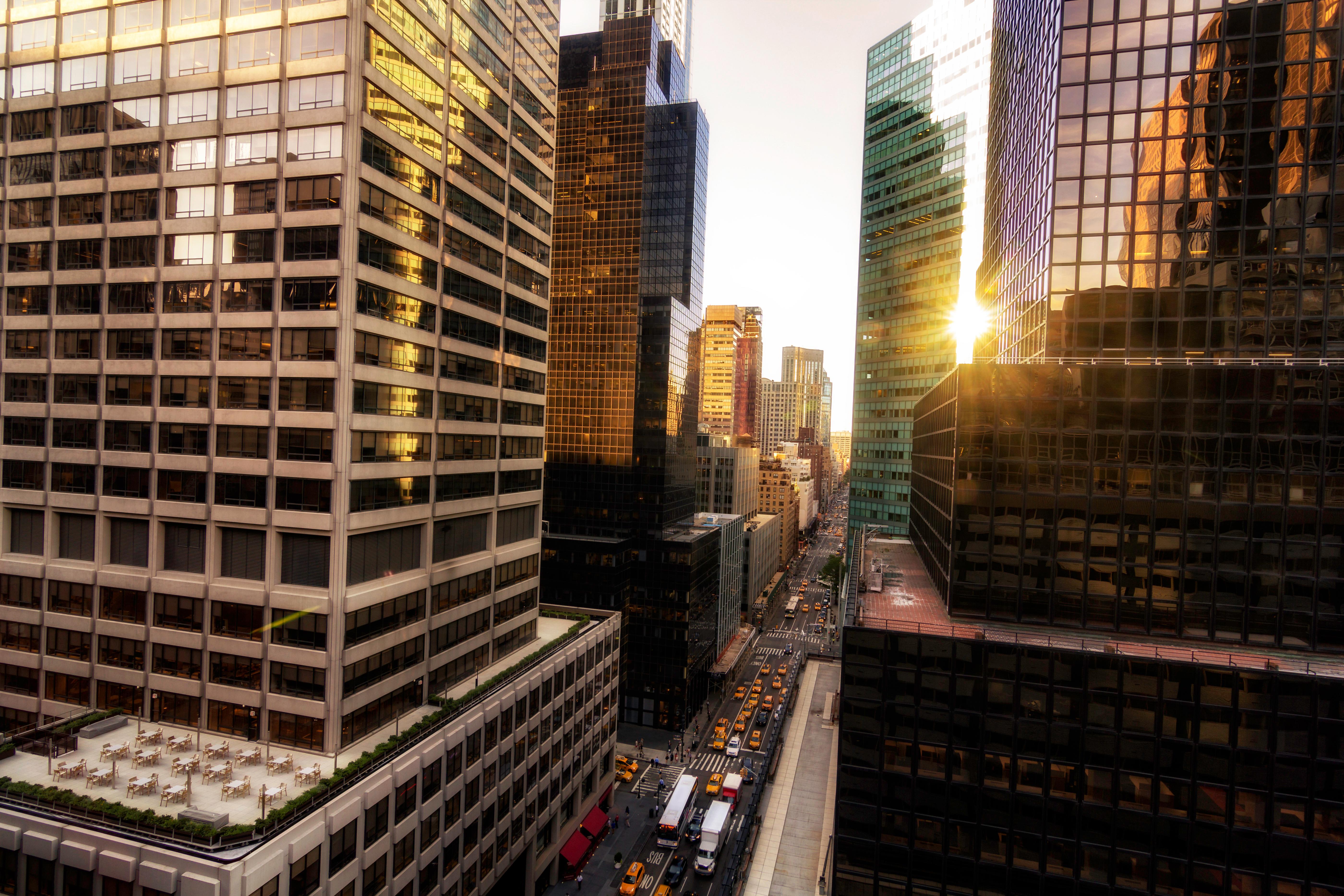There is nothing typical about the past two years; no matter what industry you work in, we all relate to the struggles and uncertainty COVID-19 brought to our lives.
In our industry, experts agree that the short-term future looks challenging. However, this is not a cause of panic; it is an opportunity.
This global phenomenon removed the ordinary of our equation, forcing us to work actively, creatively, analytically and efficiently to thrive in this future full of possibilities.
This article will explore some of the biggest industries trends that could impact the Aluminium industry.
Digitalization and sustainability go hand in hand
The digital revolution, also known as digital transformation or Industry 4.0, has been part of the conversation for a couple of years, and it's growing exponentially across industries. With global warming knocking on our doors, more and more companies are implementing machine software, data management systems, robotics, 3D printing or even AI as part of their production processes to offer more sustainable products and precise procedures.

Even though we are part of the Aluminium industry and have the privilege of working with a durable metal that is 100% recyclable, we must aim to implement better and more creative processes to explore more diverse Aluminium applications.
An excellent example of how digitalization and sustainability work together is the transportation and automotive industries.

It's a fact that vehicles made from Aluminium are lighter and thus help reduce gas emissions. However, before the arrival of techniques such as friction-stir welding and the advancement of alloys and joining techniques for Aluminium, the manufacturing process was too expensive, preventing the development and popularization of sustainable transportation and vehicles.
Urbanization: Building smart
According to the UN, more than two-thirds of the world population will be living in cities by 2050. Therefore, these megacities must be developed environmentally friendly and smartly.

Utilizing Aluminium as a building material isn't new. However, this metal is considered one of the most energy-efficient and sustainable building materials on the market globally. No wonder approximately 75% of Aluminium applications are still in use today, and we are talking about structures as old and as iconic as the Empire State Building. It's safe to say that modern urban landscaping wouldn't be possible without Aluminium.
This metal is just as strong as steel while reducing overall material weight. In addition, pure Aluminium can be combined with other elements, such as silicon, magnesium, and copper, to create high-strength alloys, resulting in different types of aluminium-based products for construction.

Not only that, but as we mentioned before, Aluminium is one of the eco-friendliest building materials in the world. Due to its ability to reflect more than 90% of solar energy, it's ideal for siding and roofing. The material is also commonly used in windows and doors for its soundproof and airtight qualities. Besides all that was previously mentioned, Aluminium is also resistant to corrosion and rust and harsh weather conditions, and it needs very little long-term maintenance.
These amazing qualities allow architects and construction professionals to build structures with the environment in mind, quickly becoming the essential component in LEED-certified buildings. A certification that only green buildings with a deep understanding of sustainability and energy management can have. And with this in mind, we can unveil our last trend.
The energy transition
Aluminium is an essential material for the energy transition towards low carbon energy sources, and its demand will grow massively by 2050. This metal will be a privileged ally not only in the lightening of vehicles but also in creating electrical infrastructure, solar panels, and wind turbines.

Access to energy plays a vital role in future generations. Its impact goes from eradicating poverty, improving education, reducing mortality, and access to quality medical care, to among many others. Experts often describe energy as "the thread" that unites economic growth, social equity, and environmental sustainability. Aluminium comes into play due to its lightweight properties and affordability. For example, an electrical infrastructure built with Aluminium can be implemented in places where installing a more heavy design couldn't be possible, allowing amplifying access to energy even in vulnerable communities.
In conclusion
The industry's future seems challenging, but we are ready to keep working towards that future. We believe that transitioning towards a more sustainable, more intelligent, innovative and connected future is possible working alongside the metal of tomorrow: Aluminium.
Do you have a project in mind? Contact us!
**Sources:
Aluminium.org (2021): www.aluminum.org/electrical
Greenhomebuildermag.com: greenhomebuildermag.com/how-aluminum-is-essential-to-greenbuilding/#:~:text=As%20the%20third%20most%20abundant,metal%20from%20other%20raw%20materials.
International-aluminium.org (2022) :https://primary.world-aluminium.org/aluminium-facts/industry-structure/https://international-aluminium.org/work_areas/recycling/
Greencarcongress.com: www.greencarcongress.com/2015/05/20150524-pnnl.html
Thermo fisher: www.thermofisher.com/blog/metals/aluminum-a-potential-weapon-in-the-fight-against-greenhouse-gas-emissions/
UN (2018): www.un.org/sustainabledevelopment/
www.un.org/development/desa/en/news/population/2018-revision-of-world-urbanization-prospects.html


